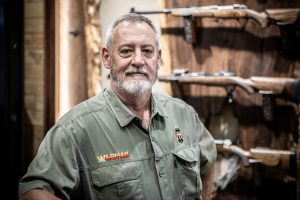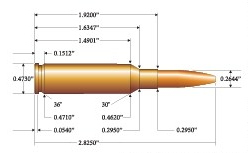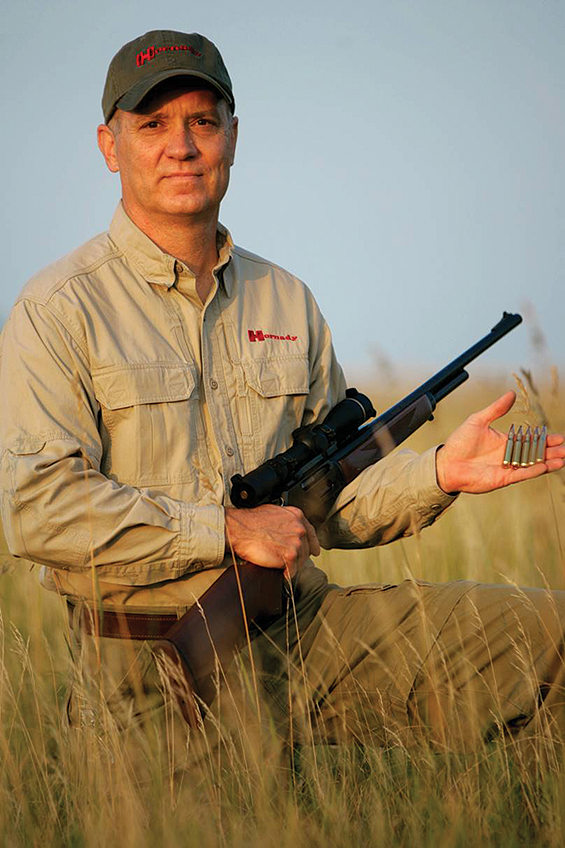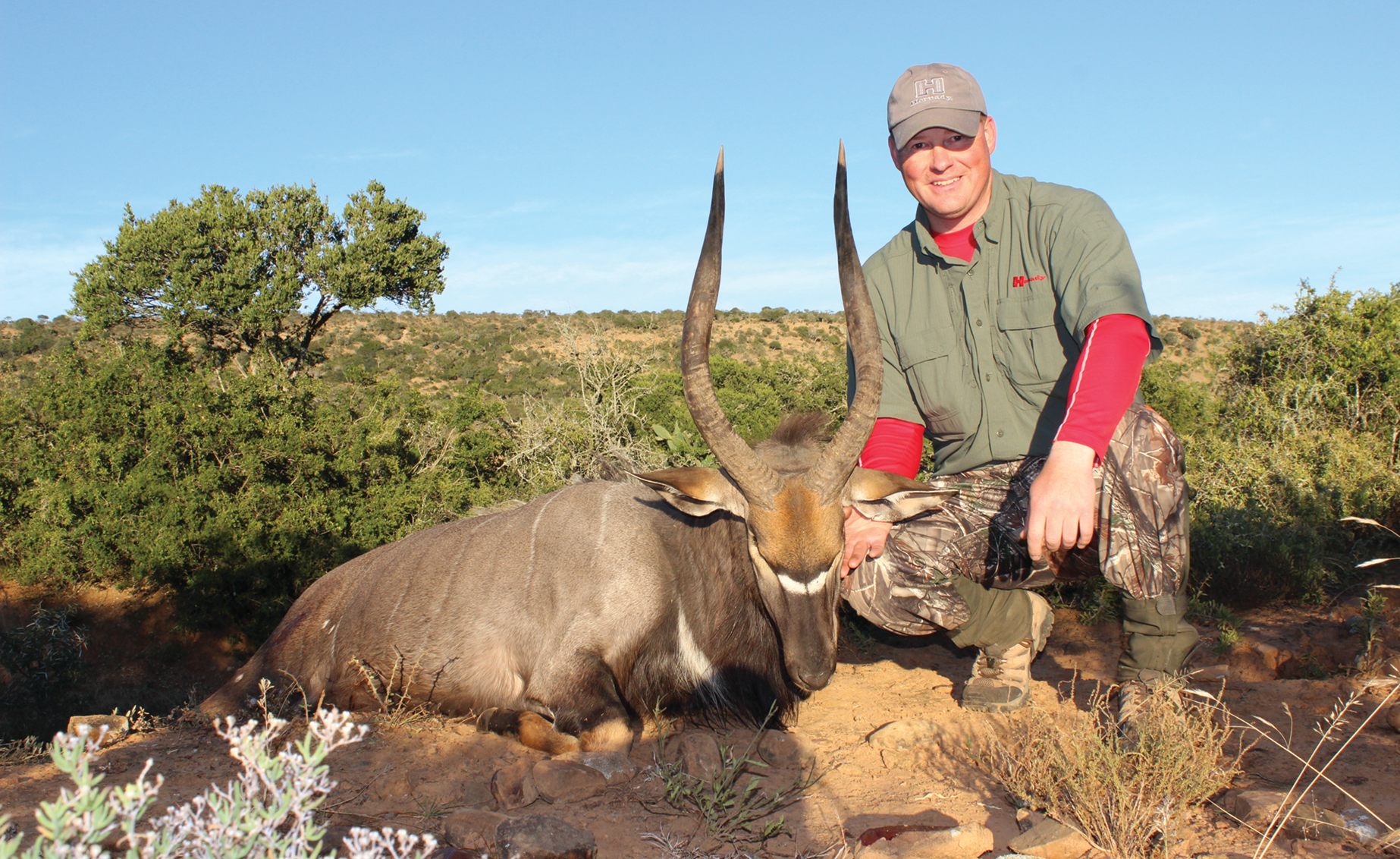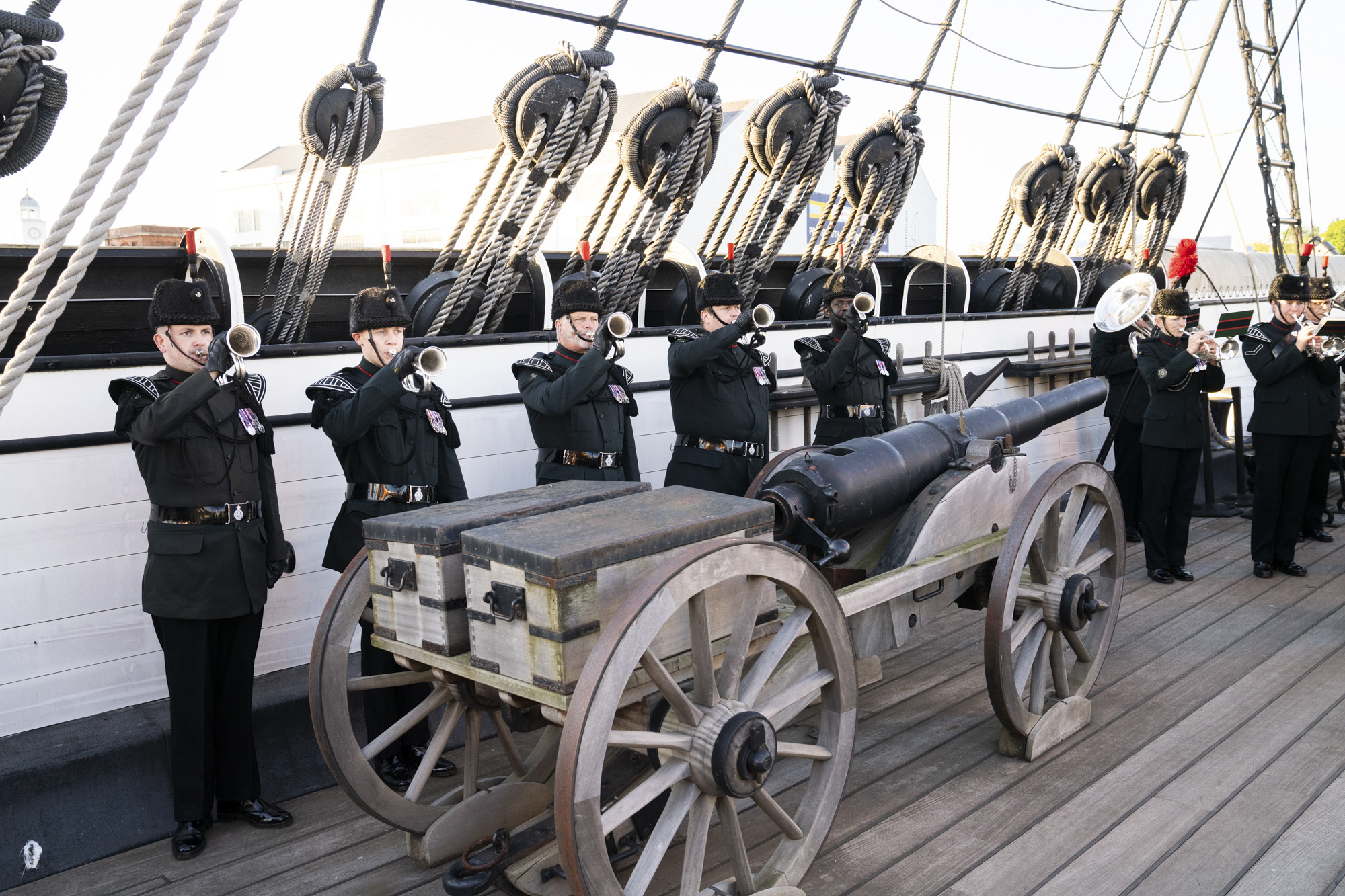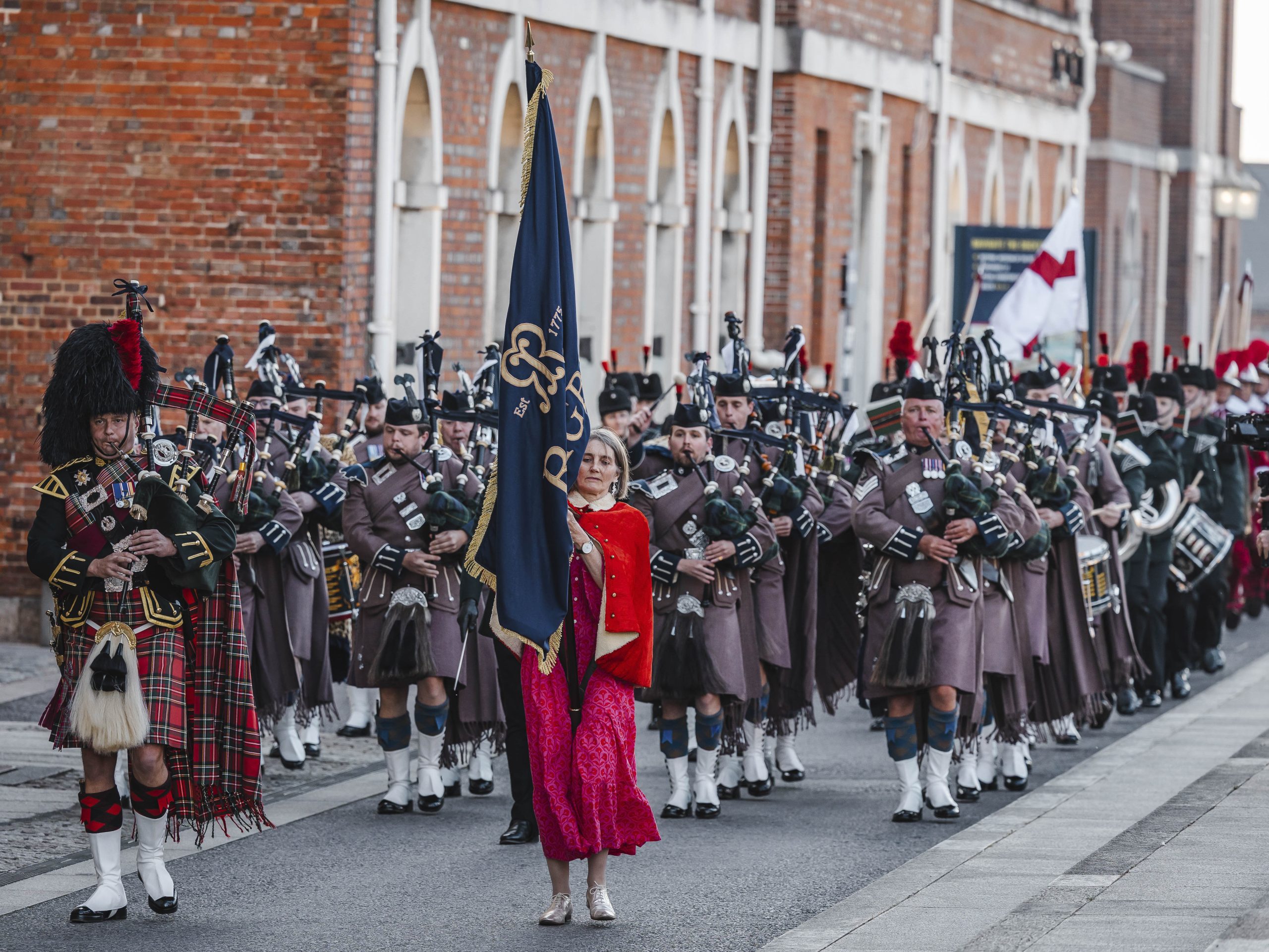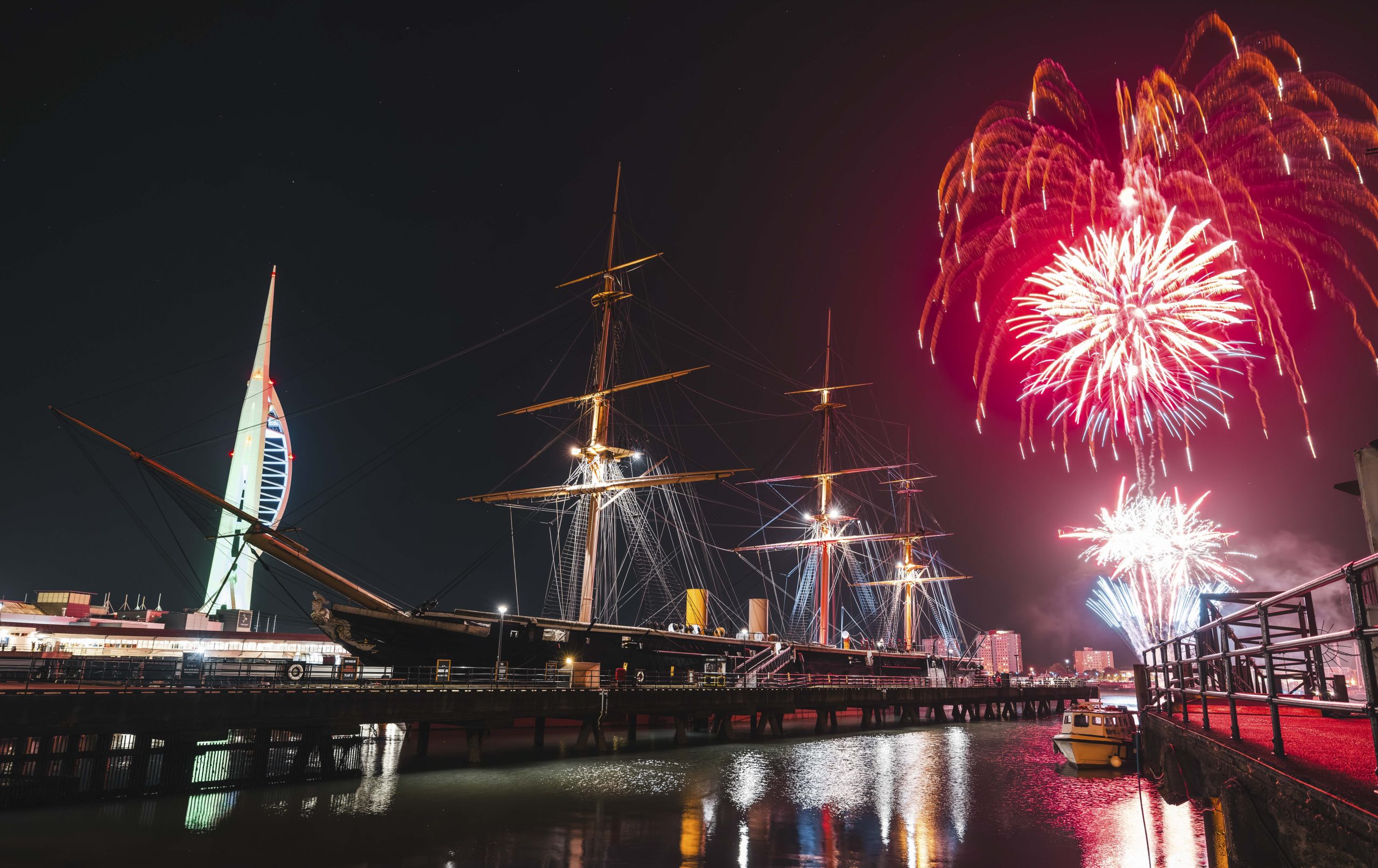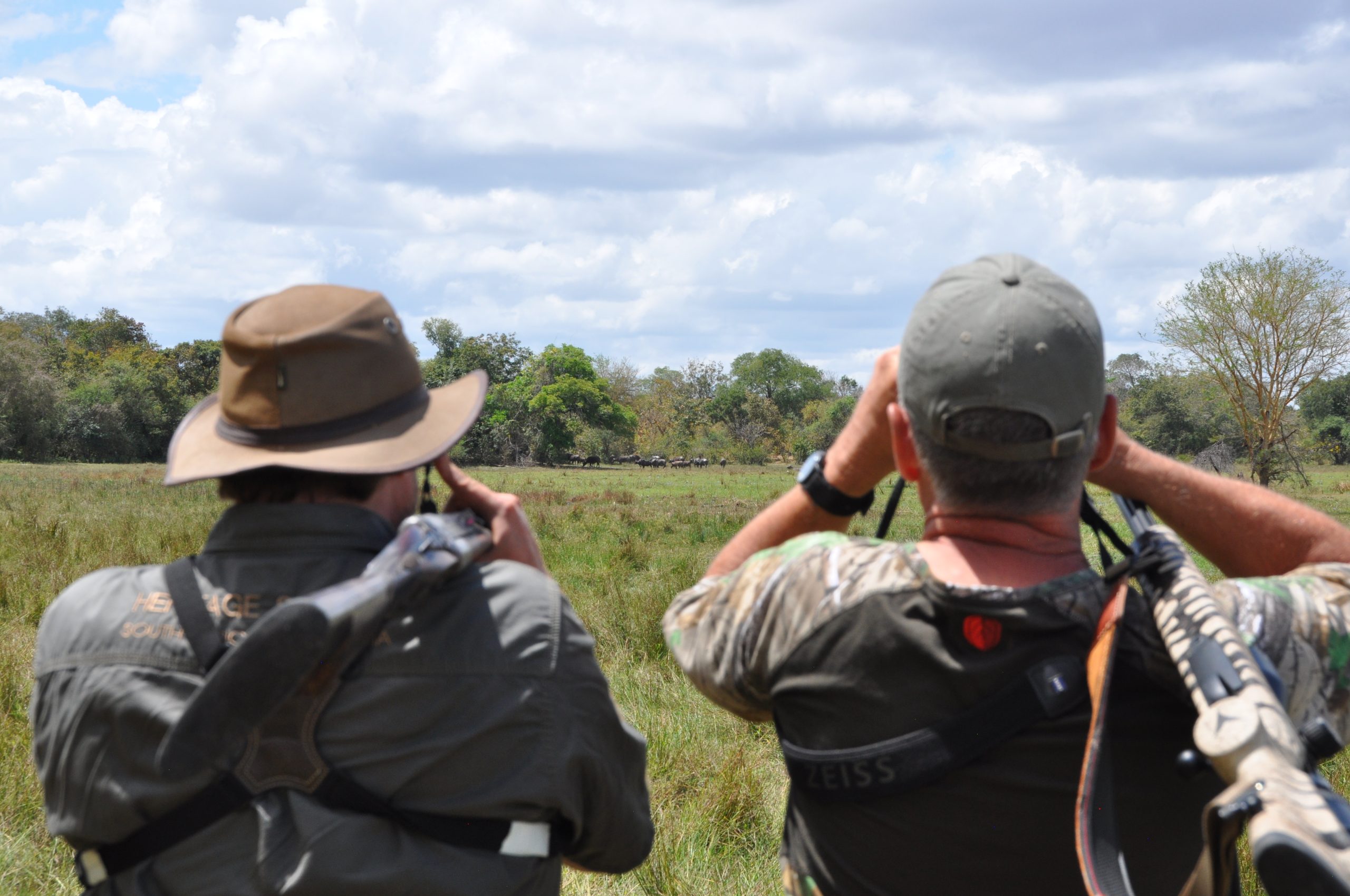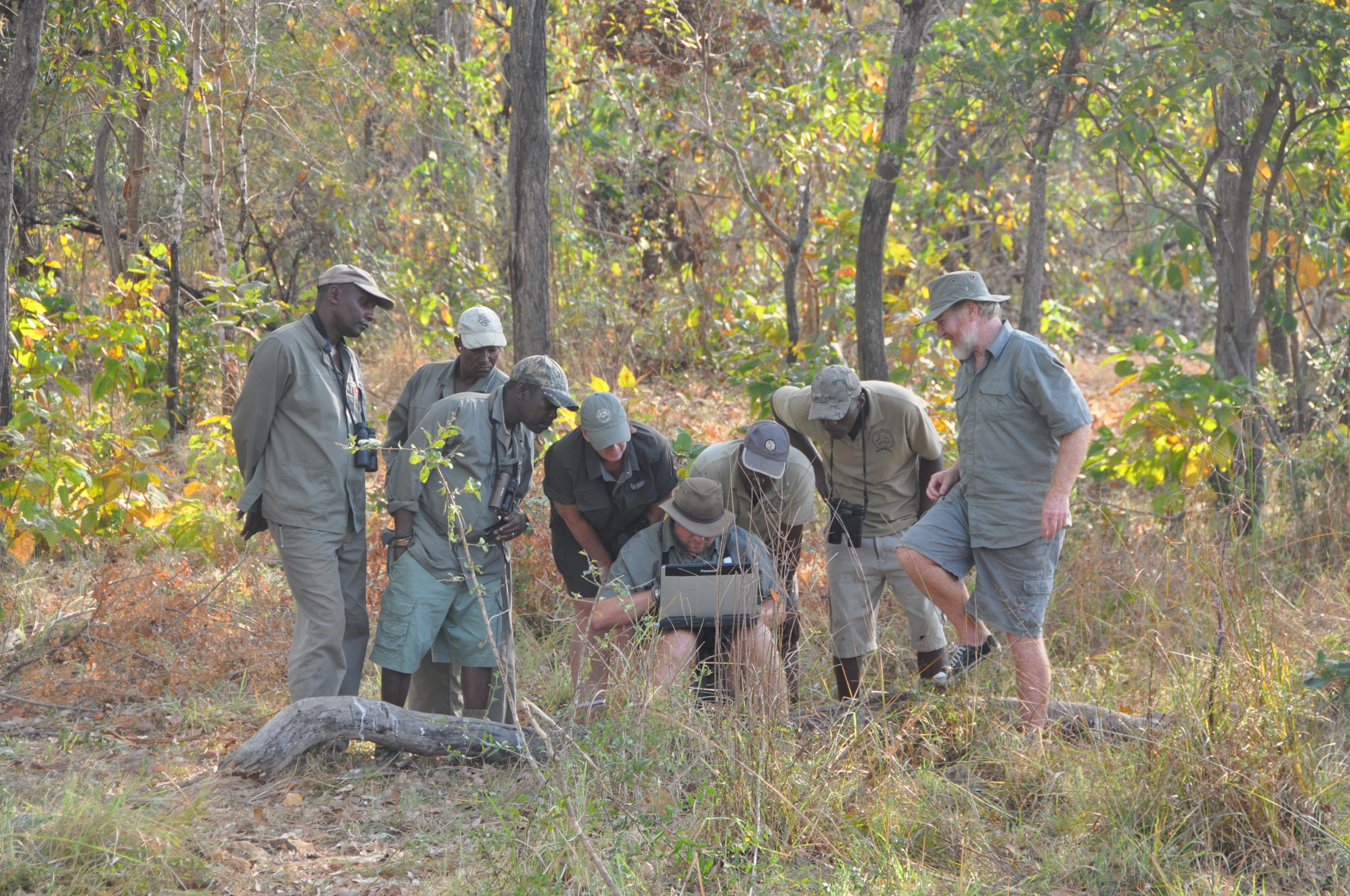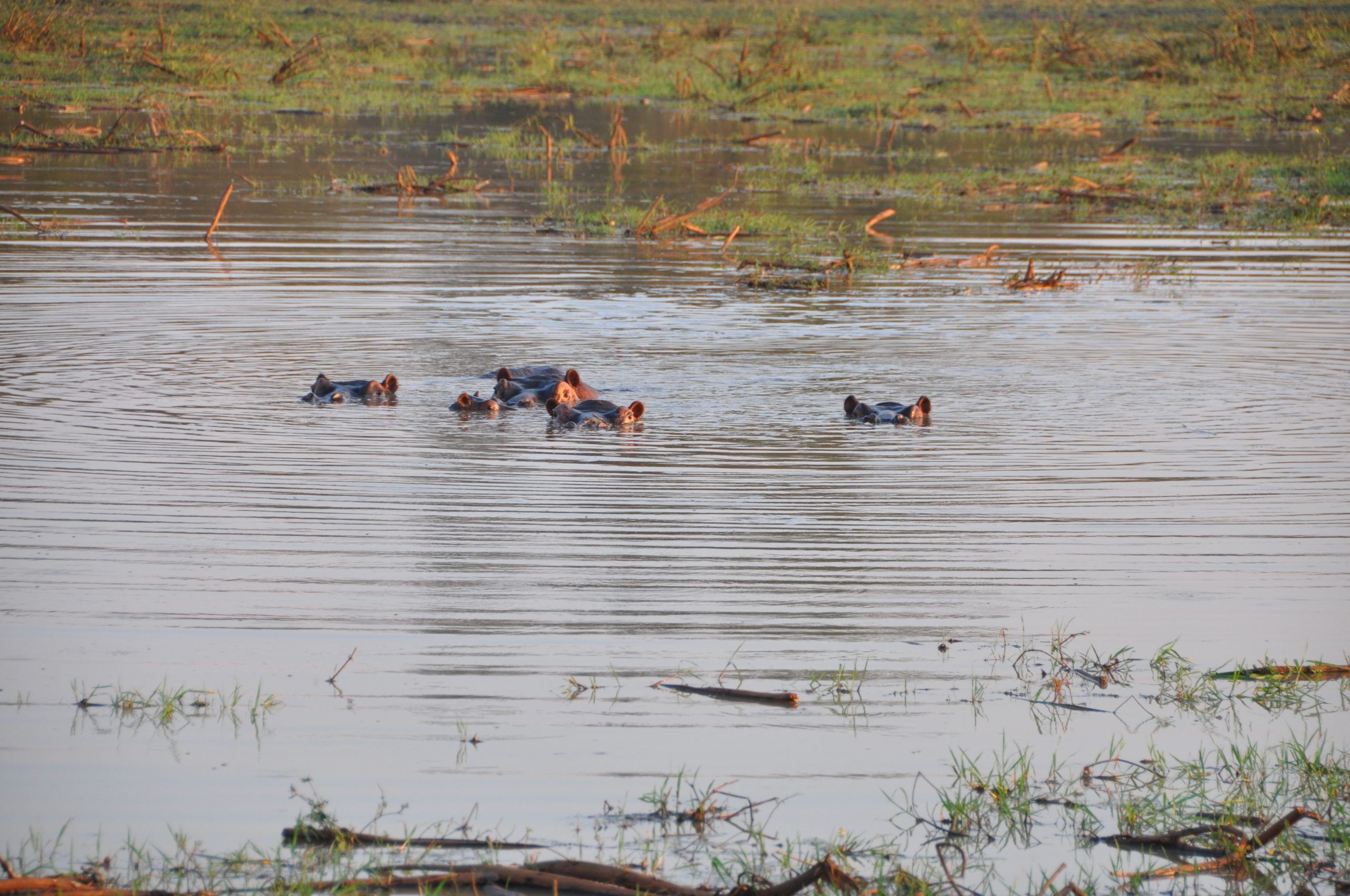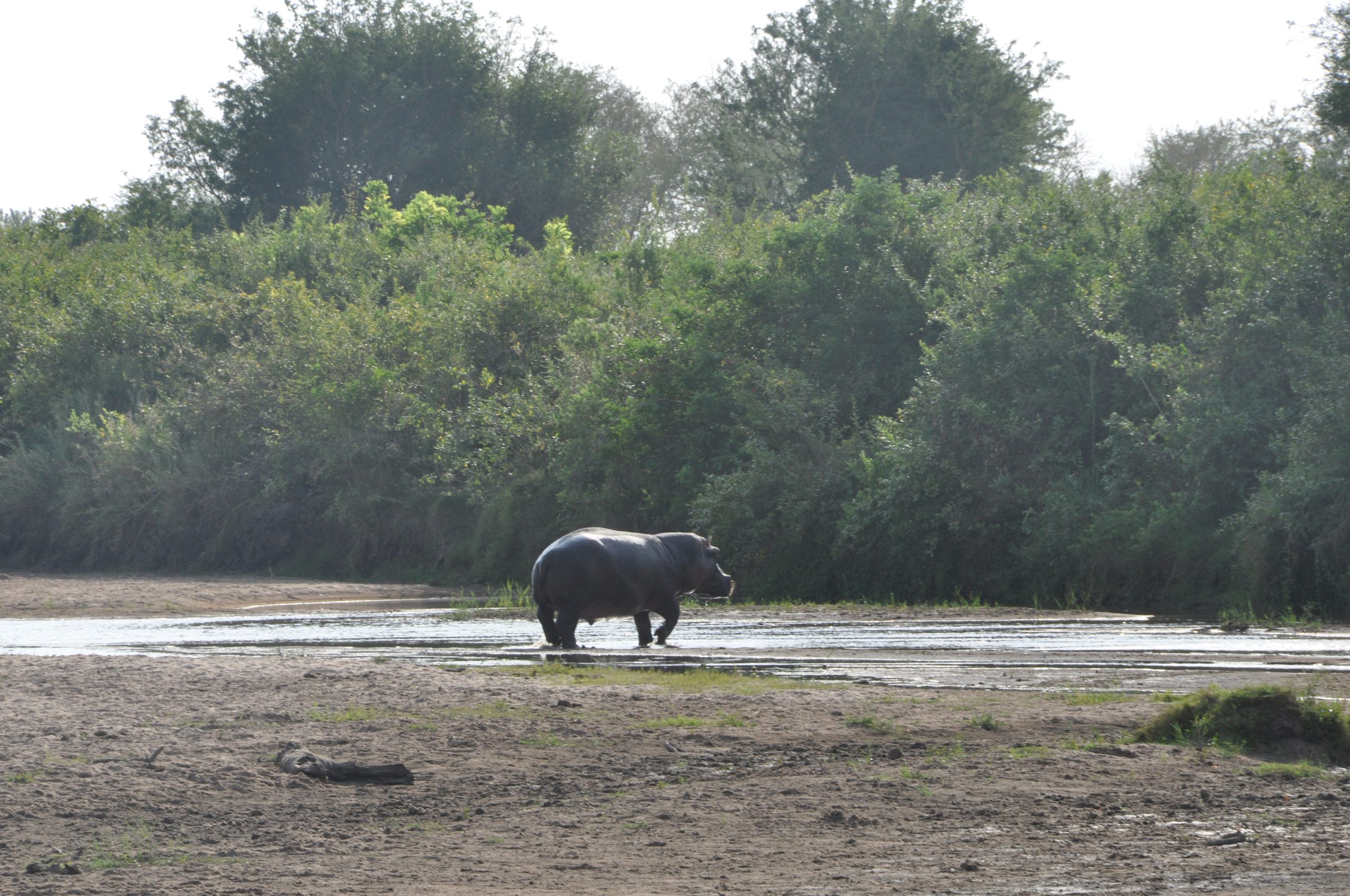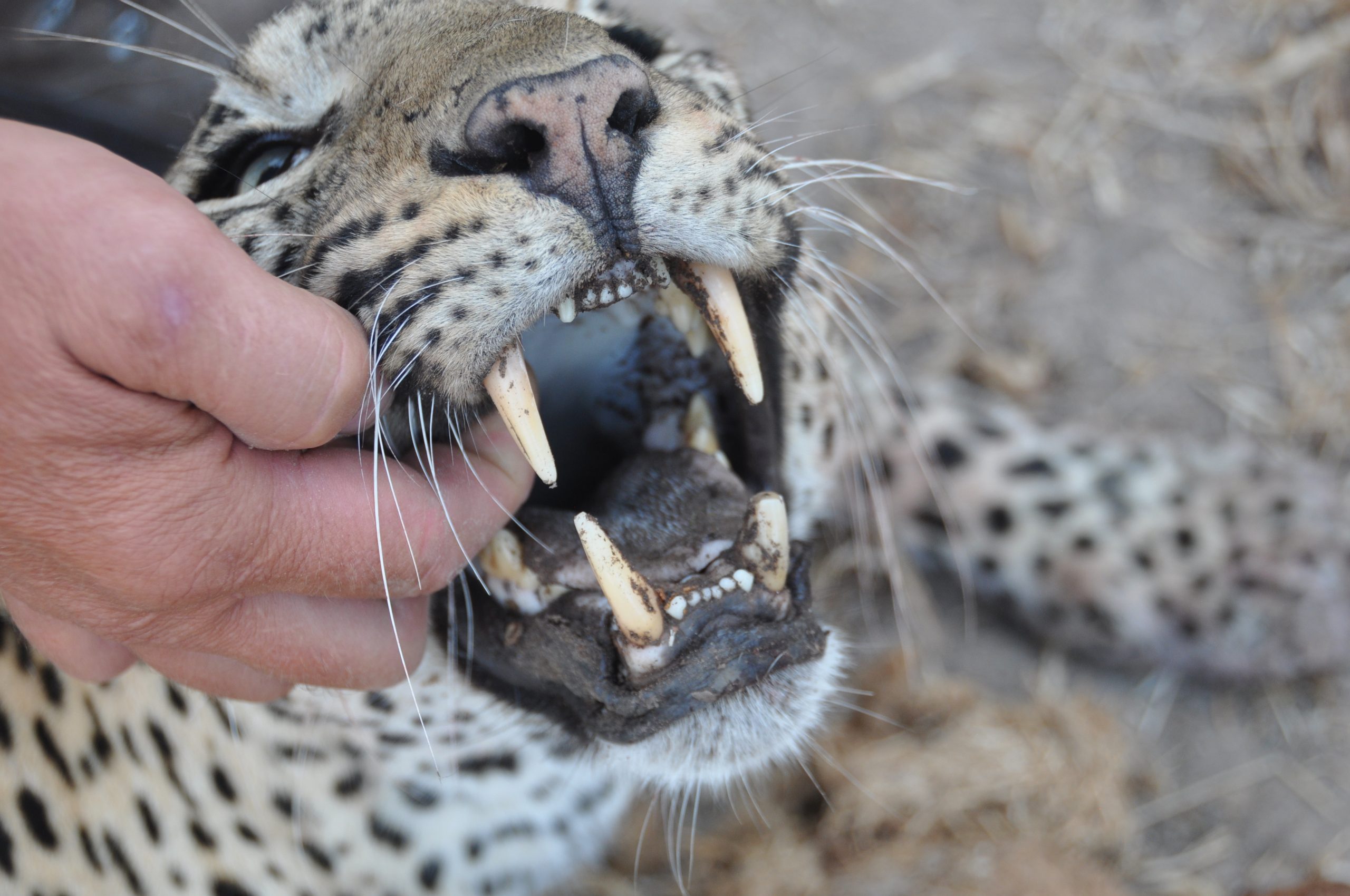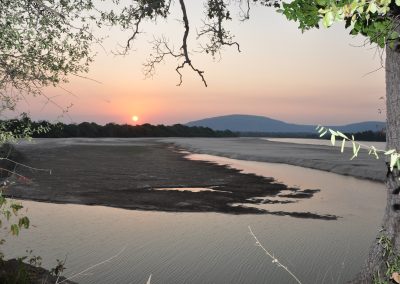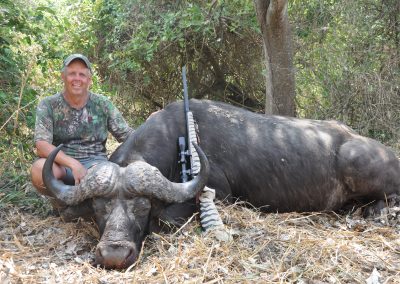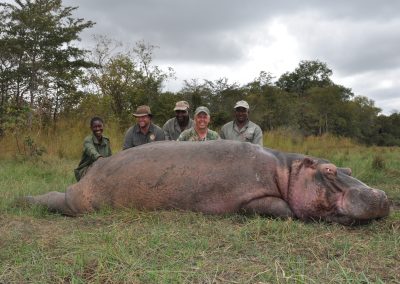Latest Information on Rhinos Has Been Published
African and Asian Rhinoceroses – Status, Conservation and Trade, 2025
Commissioned by the Secretariat of the Convention on International Trade
in Endangered Species of Wild Fauna and Flora (CITES)
Report prepared by the IUCN Species Survival Commission’s
African Rhino Specialist Group, Asian Rhino Specialist Groups and TRAFFIC
Available at: https://cites.org/sites/default/files/documents/E-CoP20-084-A3.pdf
Some interesting data from the report, extracted by John Ledger
Trade dynamics
Illegal trade
- Between 2021 and 2023, an estimated 676 – 853 rhino horns were sourced into the illegal trade annually, a decline from the 1,531 – 1,729 reported at CoP19. However, this reduction is partly attributable to methodological adjustments accounting for widespread dehorning (covering ~48% of the rhino population; Section 3.1.1.1), and should not be interpreted as a reduction in poaching. Without such adjustments, the estimated annual average would have been 1,160–1,289 horns, underscoring the need for caution when interpreting trends.
- A total of 921 seizures were collected from the CITES Illegal Trade Database and TRAFFIC’s database to inform the analysis of Parties most impacted by illegal trade. Of these, 750 seizures reported quantities of rhino horn specimens and were included in analysis. Up to 2023, the estimated number of whole horns and total seized weight decreased by 81% and 77%, respectively, since their peak in 2019.
- For the analysis of most affected Parties in this CoP period from 2021–2023, the seizures relating to rhino horn specimens totalled 1.8 tonnes (equivalent to approximately 716 whole horns1). The largest seizures were 160 kg by South Africa (en route to Malaysia) and 139 kg by Viet Nam (originating from South Africa).
- South Africa remained the most affected Party, accounting for 66% of global seizure weight and 90% among African range States. Most seizures involving the Party were made by authorities in-country, with South Africa often representing the origin country on the illegal trade chain. The Party had the highest number of illegal trade links, with Malaysia representing the strongest-weight trade link followed by Viet Nam.
- Malaysia and Viet Nam emerged as the second and third most affected Parties, respectively, with a large cumulative illegal horn weight in seizures involving the Parties, including large-scale seizures implicating the Parties as destination countries based on seizure reports, which does not necessarily indicate end-market demand.
- Qatar and United Arab Emirates were the fourth and fifth most affected Parties, serving as transit hubs. Seizures involving the Parties from 2021 – 2023 were of large scale averaging an estimated weight of 26 kg, and each Party had only one seizure pass undetected. In addition to their illegal trade links with South Africa being the most prominent by seized weight, Angola was also noted as an illegal trade link.
- A few patterns observed in the seizure data were of note: an emerging illegal trade link between Mongolia and South Africa in 2023 was highlighted as it was not previously observed in seizure data. Hong Kong Special Administrative Region (SAR) of China and mainland China as well as Mozambique were among the most affected in the last analysis to CoP19, whereas in the analysis conducted to prepare the report for the present meeting, the Parties appear to be less affected. Because of the lack of consistent reporting and bias-adjustment in the analysis, it is unclear if the observed decline is genuine, although a concurrent decline in implicating seizures may indicate support for a genuine decline in illegal rhino horn trade. This potential shift could be the result of effective enforcement and demand-reduction measures, but the limited resources available for the preparation of this report did not allow further exploration of these issues.
Legal trade: Africa
- In total, 276 live African rhinos were traded during the reporting period since CoP19 (2022-2024). This comprised of six Eastern black (D. b. michaeli), 15 South-central black (D. b. minor) and 255 Southern white (C. s. simum) rhinos.
- Black rhinos traded were solely for conservation purposes, with 12 to Mozambique, six to Chad and three to the United Republic of Tanzania exported by South Africa (18) and Kenya (3).
- Fifty-seven Southern white rhinos (C. s. simum) were exported to Zambia, and 55 to the United States of America. The exporting countries were Namibia (107) and South Africa (5).
Hunting: Africa (bold text is my emphasis JL)
- There were six black (D. bicornis) and 373 white rhino (C. simum) hunts in the reporting period (2022-2024). These took place in Namibia (6 South-western black rhinos – D. b. bicornis; 43 Southern white rhinos – C. s. simum); and South Africa (330 Southern white rhinos – C. s. simum).
- Hunters of black rhino in Namibia originated from four countries, while hunters of white rhinos in Namibia and South Africa came from 11 and 32 countries respectively.
- In Namibia, most hunters originated from the United States of America (44.9%), Spain (14.3%) and Hungary (10.2%), while in South Africa hunters originated from the United States of America (66.4%) and Hungary (6.4%).
- Rhino hunting in Namibia and South Africa occurs at low levels relative to national populations (0.05% to 0.18% of black rhinos and 0.5% to 1.3% of white rhinos in Namibia hunted each year, while South Africa reported 0.79% to 0.91% of white rhinos hunted each year) and, while limited in scale, contributes measurable revenue that can support conservation when transparently reinvested (US$170,000 to S$250,000 per black rhino hunt; most recent for white rhino was US$88,208 per hunt in 2018).
- Case studies show that well-regulated legal hunting can generate significant revenue—often surpassing eco-tourism—for community conservancies, reinforcing the shift toward participatory conservation models that prioritize fair socio-economic benefits for local communities as essential to long-term rhino conservation success.
- In 2022, the World Bank launched the Wildlife Conservation Bond (Rhino Bond), mobilizing over $150 million USD to support black rhino conservation in South Africa. This results-based financing model—where investor returns depend on rhino population growth—set a precedent for linking biodiversity outcomes to financial incentives, despite initially slow uptake.
- By the end of 2024, rhino conservation was increasingly seen as needing to generate revenue to cover costs and thus viewed as a trade-linked enterprise, whereby financial instruments, ecotourism, and community-based ventures transform wildlife protection into a valued land-use that also contributes to local development (Section 3.2.4).
- Beyond ecological importance, rhino conservation increasingly shows economic value by boosting land worth, tourism, and related services.







